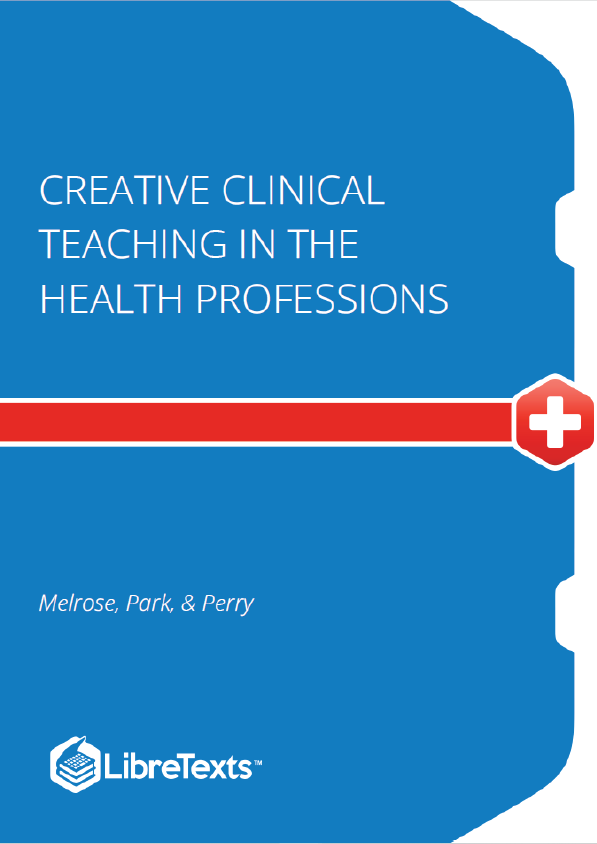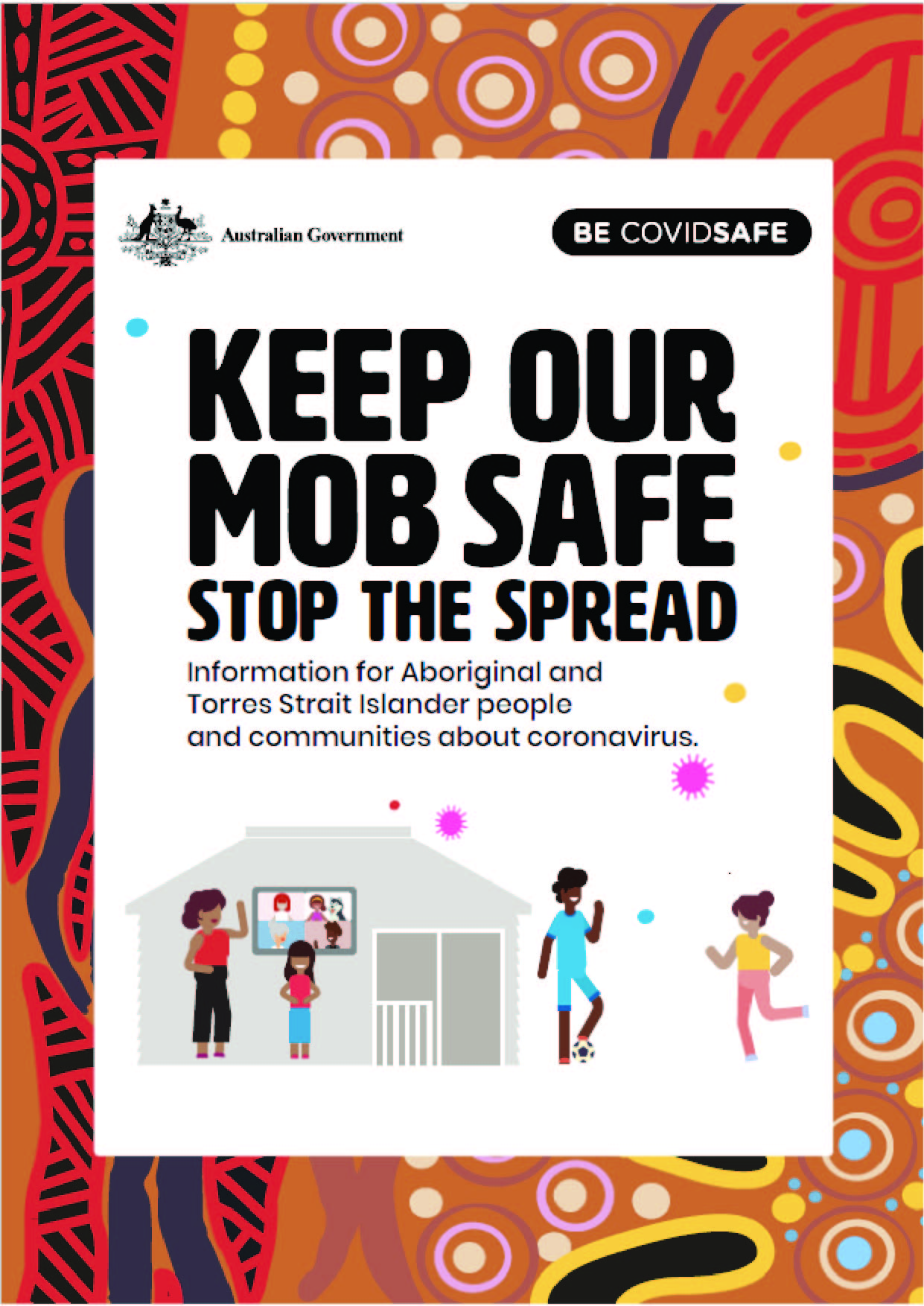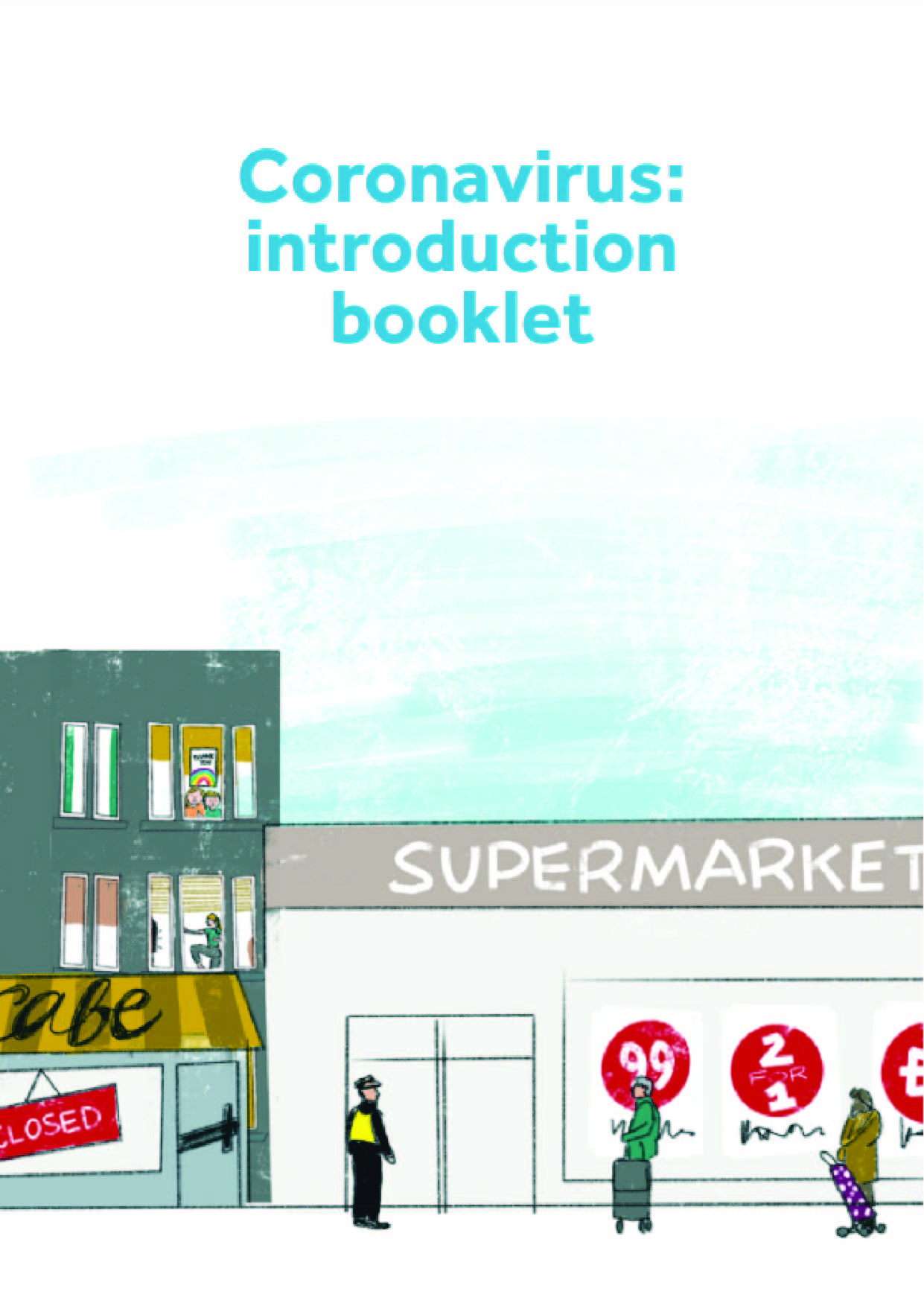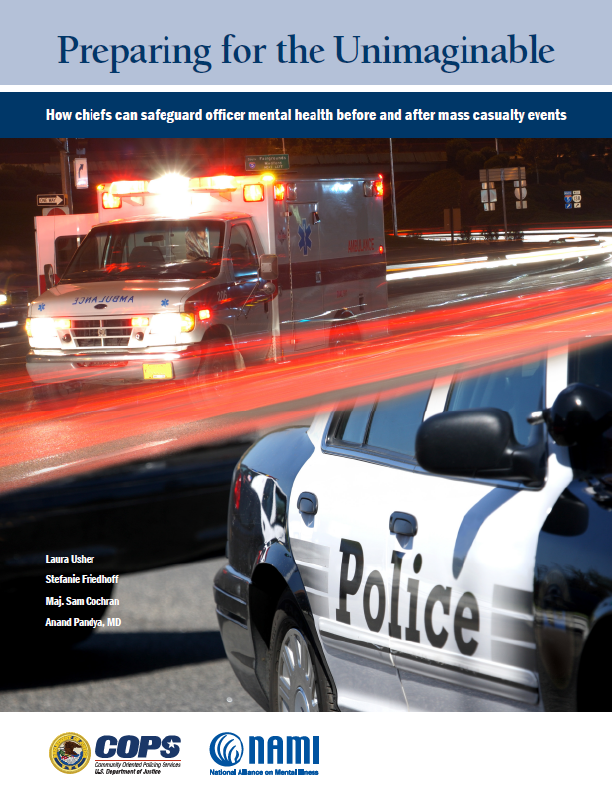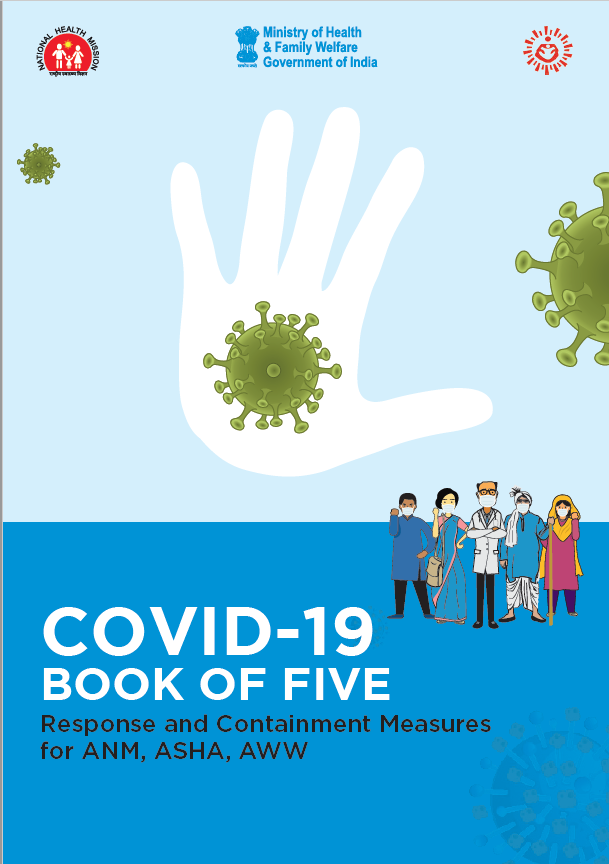This peer reviewed e-book is a must-read for nurses and other health professionals who strive to teach with creativity and excellence in clinical settings. Each chapter presents current evidence informed educational practice knowledge. Each topic is also presented with text boxes describing ‘Creative Strategies’ that clinical teachers from across Canada have successfully implemented. For those who are interested in background knowledge, the authors provided a comprehensive literature base. And, for those interested mainly in ‘what to do,’ the text box summaries offer step-by-step directions for creative, challenging activities that both new and experienced instructors can begin using immediately.
Some educators may share George Bernard Shaw’s (1908) notion that teaching is about learning with students as fellow travelers. Others may see the process of teaching in entirely different ways. However, few educators would disagree with Shaw’s view that the practice of teaching involves pointing ahead through intentional processes that facilitate learning. Clinical teachers can guide learners with the help of established theoretical foundations from the discipline of education.
Theoretical foundations in the discipline of education include understanding and valuing how to integrate scholarship into the practice of teaching. They also include knowing how to apply conceptual frameworks, theories and models. Conceptual frameworks are broad, overarching views of the world. Conceptual frameworks differ from theories in that they are often more abstract and enduring than theories. Theories tend to offer more immediate, practical and factual guidance. They are more adaptable to change and may or may not be useful, depending on circumstance. Models offer even more specific direction and are often represented visually in a diagram or chart.
Theoretical foundations include terms such as educate, pedagogy and andragogy. The word educate comes from the Latin educere, which means to draw out and develop (Oxford Dictionary, n.d.). Pedagogy, the art and science of education, seeks to understand practices and methods of instruction that can help teachers educate or draw out learners (About Education, n.d.). While pedagogy seeks to understand how to teach learners of all ages, andragogy is the study of helping adults learn (Knowles, 1984). Students enrolled in health care programs in post-secondary or higher education institutions are considered adult learners.
Historically, higher education in general and clinical teaching in particular placed little importance on the actual practice of how to teach. Professors and instructors in post-secondary institutions were honoured more for content knowledge of subject matter within their discipline than for instructional methods. However, since the time of Socrates, educational scholars have examined how learning occurs, what instructional practices facilitate learning, and the contexts where learning occurs best. Today, content knowledge alone is not enough—clinical teachers must ground their practice in an understanding of educational processes. In this chapter we provide a brief introduction to the scholarship of teaching and learning, common conceptual frameworks, and adult education theories and models. In each section we include creative practical strategies that educators in the health professions can readily use in their everyday clinical teaching practice.
